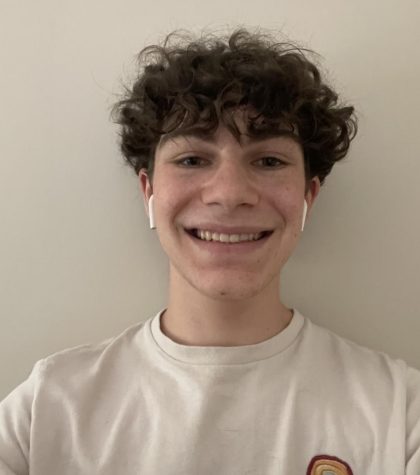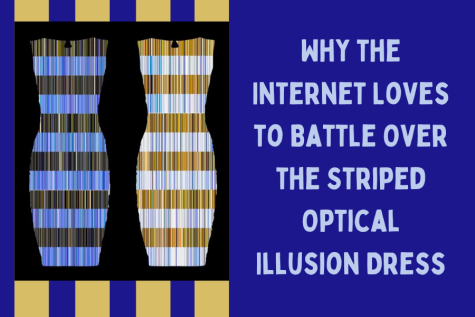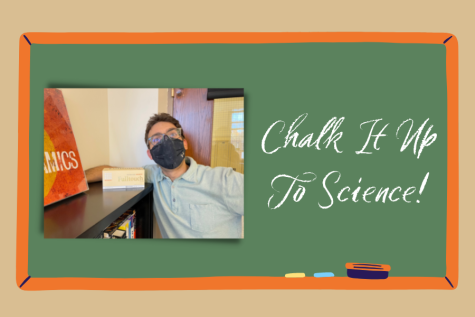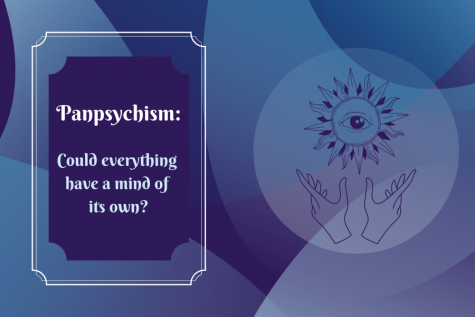STEMming with Opportunity: the Hidden Electives of SHS
Look through the schedules of Scarsdale High School students, and you will find the same courses in most; English, history, math, science, and a world language are generally accepted to be the “core classes” at SHS. But students at Scarsdale have passions beyond these general classes, and this is where electives step in. SHS offers a variety of extra courses in a range of subjects, from social studies to art to music, but one of its least known, and perhaps most important, departments are the STEM electives: that is, science, technology, engineering, and mathematics.
The STEM department started as just a dream of Ms. Yokana, a former art teacher who now leads multiple design and engineering courses. She mentions that she “understood how empowering design was for students” because they finally got to do something “real”. So when the Board of Education first asked her to “teach the kids engineering”, she did not do it traditionally. Instead of using cookie-cutter methods from Project Lead the Way, a national organization that has developed generic STEM curricula for high schools, Yokana wanted her students to be able to “do something for someone else” because “that’s what is really empowering”. Now, the STEM department has grown to offer 8 different electives, like Robotics and Mobile App Design, most containing Human Centered Design curriculum which involve projects that directly aid those within the community. Unfortunately, these courses now face a more difficult problem: enrollment.
A surprisingly small proportion of SHS students enroll in, or even know about, courses in the STEM department. Many people comment especially on the difference between their STEM classes and other classes, like Nicole Zhou and Mason Lau, who are both current juniors and have taken Robotics at SHS. Nicole says that she loves her STEM classes because of “how hands-on they are” and how they “give her a break from sitting around all day”. Mason notes that he “didn’t take a single test” and “just implemented what we learned in class into whatever we were working on”. These quotes represent just how engaging the STEM electives can be to SHS students, so why aren’t they much more popular?
One of the biggest obstacles to these classes is course scheduling. Many students barely have enough time to complete their regular work as-is, so fitting in another 4-period class to their schedule just does not work. But another problem is promotion. Students usually consult with their deans before signing up for courses, but deans tend to promote more “practical” courses, like the continuation of a world language, over these STEM electives. Alessandra Hosseinbukus, another junior who is currently taking App Design, Mason, and Nicole all came across these courses by “flipping through the course catalog”, with no help from their deans at all. Deans ignore the STEM classes because they feel that music or a world language is preferable for colleges, but not all admissions officers want to see the same generic schedules. In fact, taking one of these STEM courses could help a student particularly interested in engineering or design with their admissions. As Ms. Yokana says, “If you take Entrepreneurship and make something really cool, that’s a way to stand out”.
These courses also have to overcome time constraints; many are only half a year, and on top of that, the introduction classes are just two periods per week. Catherine Dundon ‘23, who is taking Design for Modern Production, says that these restrictions sadly “meant rushing projects and not being able to fully appreciate all of the tools that were available”. They also mean that the STEM classes do not hold the same weight as a world language or music in terms of credits, and “it’s difficult to appeal to a student when the class only offers a fourth of the grade-point value of a full-year, four period per week class”.
Because these classes are so valuable to students who have an interest in design or engineering, it is imperative to resolve these issues so STEM electives can be more widely respected throughout SHS. Solutions are simple: to eliminate schedule problems, STEM classes could fulfill a science or art credit, and the deans could accept the benefits of these courses and start to recommend them at course meetings.
Scarsdale High School is built on a foundation of allowing students to find and pursue their passions, but its STEM classes are woefully ignored, despite their practical value and high levels of enjoyment. More advertisements for these courses would give many students the opportunity to explore a topic that many will never get the chance to study again.
A full list of the STEM electives can be found on pages 16-18 in the Scarsdale High School Course Catalog









